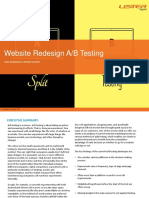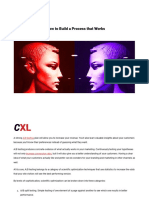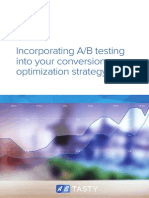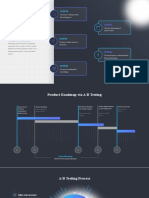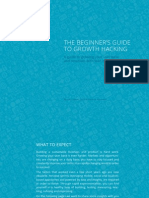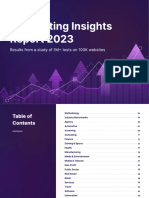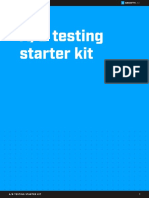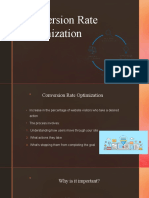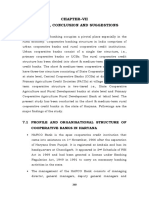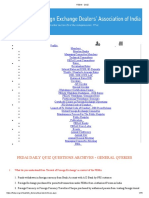0% found this document useful (0 votes)
145 views9 pagesA/B Testing Guide for Website Optimization
The document discusses A/B testing, which refers to randomized experimentation to determine which of two or more variable versions leaves the maximum impact and drives business metrics. It explains why businesses should consider A/B testing, including to solve visitor pain points, get better ROI from existing traffic, reduce bounce rate, make low-risk modifications, and achieve statistically significant improvements.
Uploaded by
salesforceanshCopyright
© © All Rights Reserved
We take content rights seriously. If you suspect this is your content, claim it here.
Available Formats
Download as DOCX, PDF, TXT or read online on Scribd
0% found this document useful (0 votes)
145 views9 pagesA/B Testing Guide for Website Optimization
The document discusses A/B testing, which refers to randomized experimentation to determine which of two or more variable versions leaves the maximum impact and drives business metrics. It explains why businesses should consider A/B testing, including to solve visitor pain points, get better ROI from existing traffic, reduce bounce rate, make low-risk modifications, and achieve statistically significant improvements.
Uploaded by
salesforceanshCopyright
© © All Rights Reserved
We take content rights seriously. If you suspect this is your content, claim it here.
Available Formats
Download as DOCX, PDF, TXT or read online on Scribd
/ 9





